In India, deep divides between the powerful and the disenfranchised still persist.
As India gears up for an election increasingly difficult to predict — one in which the controversial Narendra Modi, the Bharatiya Janata Party's (BJP) prime ministerial candidate, heads off against Rahul Gandhi, the 43-year-old scion of the country's most famous political dynasty — pundits' predictions of victory engage the insatiable public demand for electoral clues.
But what role do the most historically marginalized in the Indian state play in the 2014 Indian elections, almost 70 years after independence?
The dominant narrative of the "world's largest democracy" is that of a shiny, modern and new India. Visiting heads of state spend their time "wooing" the country's businesses and foreign investors, longing for facilitated access to India's investor-friendly states, while even the director of the London School of Economics (LSE) has proclaimed it as a country of promise, from where "the world looks different."
Religious violence, poverty, impunity and widespread human disenfranchisement have seemingly vanished from the lexicons of a world eager to capitalize, and of a country bent on asserting its global relevance.
Electoral Economics
Structurally, the first past the post system that allows voters to choose between people rather than only parties means that central issues, including those of women's empowerment and human rights, have become victims of an electoral format ever more centered around personality. However, it is the voice of the people that places gross domestic product (GDP) and a hope for change solidly at the center of intense campaigning.
Despite its impressive economic transformation over the past 25 years — per capita income has nearly quadrupled compared with 1991 — and amid a yawning gap between rich and poor, India's many constituencies, with their varied geopolitical agendas and priorities, seem to be coalescing over economic hopes of continued growth.
Modi's rags-to-riches story — his spectacular journey from selling tea at a railway station — resonates loudly with the aspirations of a largely rural population, and provides a crucial juxtaposition with the Congress party's "princeling" candidate.
As societal behaviors shift from traditional community ties, such as caste and religion, to more transparent ones of geo-location and economic status, the historically sharp Muslim-Hindu divide seems less relevant now as a younger India votes less on a sectarian impulse and more on economic and material security.
But the criteria for growth are still subject to a massively diverse set of geopolitical priorities. While other peripheral states, including Kerala and Orissa, have leveraged their political weight opportunistically by looking outward and aggressively courting investment in industry, the northeast has remained handicapped by its lack of connectivity and adverse security situation. The latter, in particular, has led the Indian government to overreact to the slightest perceived threat, be it legitimate civil disobedience movements born of economic grievances or migration into the region.
In the northeast, communal identities remain strong and, until recently, their interests have often been at cross-purposes to the mainstream. For instance, Manipuri calls to repeal the Armed Forces Special Powers Act (AFSPA) — which forbids the prosecution of soldiers without the rarely-given approval of the central government, so troops often enjoy effective immunity from prosecution — have been countered in Delhi, citing the security of its citizens.
But what we have seen now, in the run-up to the 2014 Indian elections, is the intersection of economic growth in India and the development of the northeast.
Managing the Northeast
If you scratch the surface of popular concepts about India, a hegemonic, ethnically exclusive, urban core will be revealed. Away from the sensitivities of those dwelling and thriving in the capital and other industrial hubs, three underreported internal armed conflicts — those on the borders in Manipur and in Kashmir, and the Naxal conflict in India's heartland — continue to simmer.
Issues of impunity and accountability are so pervasive and cyclical in nature, that one marvels at the ease with which candidates proclaim "progress." The assumed legitimacy of the state belies the sensitivities of minorities, who find their identities at odds with such a convenient homogeneity.
To be economically, and socially, sustainable, India's growth story needs to be inclusive. The northeast — which includes the states of Manipur, Meghalaya, Tripura, Assam, Arunachal Pradesh, Mizoram, Nagaland and Sikkim, and covers 262,179 sq. km of the country — remains the least developed. This comes despite distinct advantages, including resource-rich and fertile farmland, proximity to Bangladesh and Myanmar, and an entry point for the Southeast Asian markets.
However, the region has a mere ten airports (seven of which are in Assam) and, while the region stands below average in comparison with the rest of India in socioeconomic indicators, its literacy rates are above the national average. Moreover, the 2013 racially-motivated murder of Nido Taniam in New Delhi is demonstrative of deep societal cleavages that still exist, particularly between the northeastern states and the mainstream.
But the region is growing in electoral importance: increased connectivity, trade, tourism, migration and investments in infrastructure are boosting its growth and helping to transform it into an economic hub. Boasting an average of a 9.95% growth, compared to the 8% growth of India as a whole, is indicative of future opportunities.
Both Modi and Gandhi have invested more time in wooing these constituencies in their respective electoral campaigns than would have been deemed necessary in the past.
However, in a country of India's scale, federalism is often seen as the key to successful democracy, and what the federalist model has been successful in avoiding is an overt political domination to the direct detriment of minority and indigenous ethnic groups.
India's state boundaries have placated most national minorities by transforming them into majorities in their own states. This conscious perpetuation of majority-minority rule has led to disparate opportunities, human dignity, and development between those at the center and those on the periphery.
At the crux of it all is power. These divides are manifested in the relationships between the powerful and the disenfranchised, between the men and women and, perhaps least visible, between those who have historically wielded power, and those who have historically had power wielded over them.
So is it really enough to merely recognize the economic potential of the region, while neglecting to tackle the more nuanced relationships between center and its borders?
Power and Privilege
It is not merely the incorporation of northeastern quotas in Indian institutions and politics that will pave the way for the next prime minister. Though the Indian political system has rendered MPs unimportant, it has balanced the positions with significant access to power to execute local contracts and, in short, get rich.
Despite surpassing development indicators that the Western world is still struggling to achieve — a female president, a Dalit leader — India's experience demonstrates that access to positions of power does not correlate with an end to discrimination against traditionally marginalized groups.
All these achievements have served to enhance is the shiny façade of the state as one of tolerance and egalitarianism, where instead a vacuum of real commitment lies concealed.
According to government estimates, 451 incidents of communal violence were recorded in the first eight months of 2013, compared to 410 incidents in all of 2012. Among these were clashes between Hindu and Muslim communities last August in the Kishtwar town in Jammu and Kashmir, and in Muzaffarnagar in the western Uttar Pradesh state in September. Violence linked to a persistent low-level armed conflict in central and eastern India by the Communist Party of India (Maoist), known as Naxalites, led to the death of 384 people, including 147 civilians, in 2013.
In the aftermath of the well-covered 2012 Delhi rape case, legislation has improved but, despite these important reforms, key gaps remain. For example, Indian law still does not provide adequate legal remedies for "honor killings," or victim and witness protection.
The veneer of a democratic meritocracy is not a new one in India, but it is increasingly one that only the most privileged and misguided can pretend to believe in. As business and political power intersect, we witness the rise of crony capitalism. The idea this meritocracy can continue without explicitly addressing socioeconomic inequality is weakening.
It was precisely the revelations of such inadequacy that provided the impetus of Anna Hazare's 2011 anti-graft movement and partially explains the success of the Aam Aadmi Party. So when we see what privilege looks like in India today, it becomes clear that tackling the crass indicators of power disparity, such as wealth or sanctioned discrimination, does not negate the deep discriminations of an unequal society.
India's public discourse tends to sweep the inconvenient truths under the carpet and apply temporary, band-aid measures when the ugly dust of reality reappears. The country's nearly 70 years of independence and democracy has infused its national psyche, the commendable belief that descent-based characteristics such as ethnicity, race and caste should not matter.
Rapid economic growth and revolutionary transformation that undoubtedly revealed a multitude of opportunities for rural and urban alike, means that only the most backward and conservative individuals still believe descent-based discrimination and racism toward, for example, those from the northeast, is condonable.
This façade of egalitarianism manifests as an invisible barrier to India's hopes of transforming into a truly democratic state. The conviction of the elite is not a license to ignore voices telling them it still exists, peripheral as they may be.
The national policy framework, for example the Indian Constitution, that insists on referring to its indigenous peoples as "scheduled tribes (ST) and Other Backward Classes (OBC)" creates a complicity that does anything but set standards to lead by example. Therefore, it is of little wonder that it is alleged that almost half the women sexually assaulted in India's capital are from the country's northeast.
What's the Cost?
What this election season has shown us is that for all India's democratic promise, the country's predilection for money politics has led it to neglect its most promising and untapped region.
The government and the private sector need to collaborate on reforms related to investment in agriculture, hydroelectric power and infrastructure, as well as in creating new avenues for vertical growth through market-linked skills development and cross-border trade. It is imperative that these be implemented with the support of those local communities.
But in order to really include the northeast, it will cost the government more than a few tens of millions of rupees. It will require a more nuanced and widespread understanding of the subtle ways in which privilege functions in such a diverse society, along with a commitment to tackle fundamental human rights issues of the region in an even-handed and just manner.
The views expressed in this article are the author's own and do not necessarily reflect Fair Observer’s editorial policy.
Image: Copyright © Shutterstock. All Rights Reserved
Support Fair Observer
We rely on your support for our independence, diversity and quality.
For more than 10 years, Fair Observer has been free, fair and independent. No billionaire owns us, no advertisers control us. We are a reader-supported nonprofit. Unlike many other publications, we keep our content free for readers regardless of where they live or whether they can afford to pay. We have no paywalls and no ads.
In the post-truth era of fake news, echo chambers and filter bubbles, we publish a plurality of perspectives from around the world. Anyone can publish with us, but everyone goes through a rigorous editorial process. So, you get fact-checked, well-reasoned content instead of noise.
We publish 2,500+ voices from 90+ countries. We also conduct education and training programs
on subjects ranging from digital media and journalism to writing and critical thinking. This
doesn’t come cheap. Servers, editors, trainers and web developers cost
money.
Please consider supporting us on a regular basis as a recurring donor or a
sustaining member.
Will you support FO’s journalism?
We rely on your support for our independence, diversity and quality.


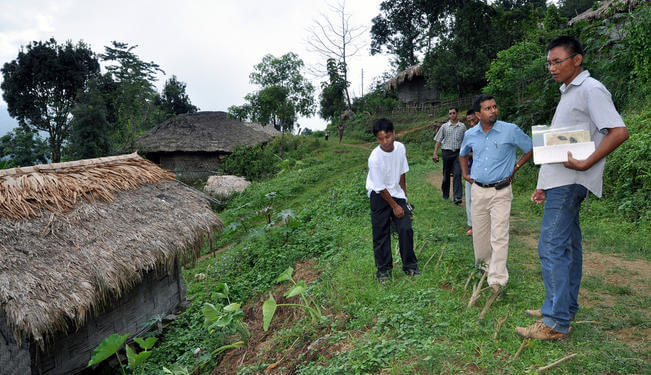

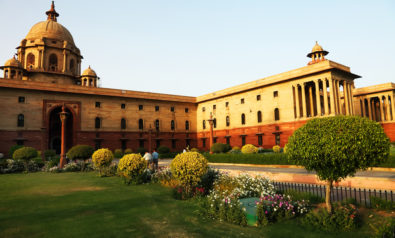
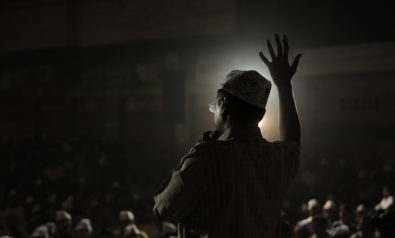
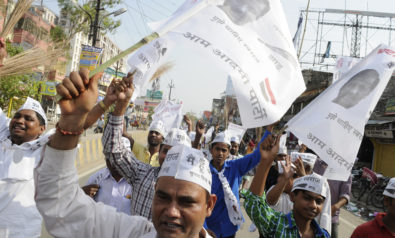
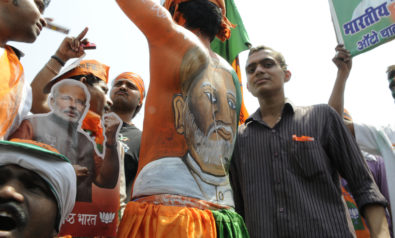
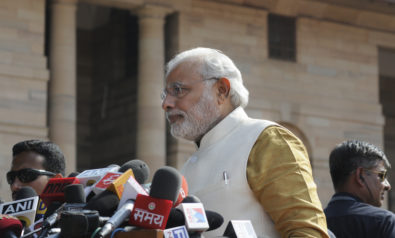
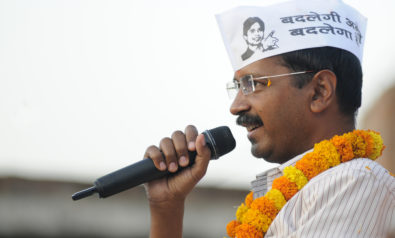
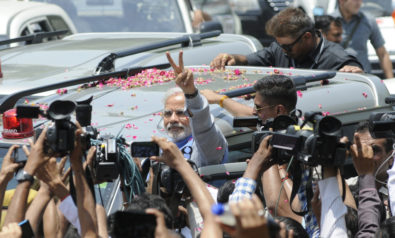
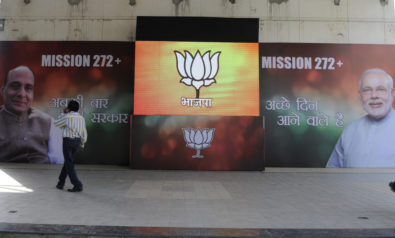
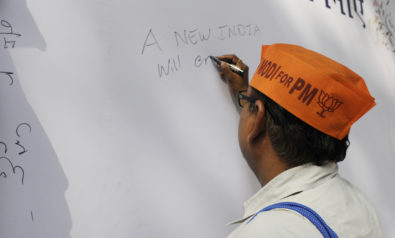
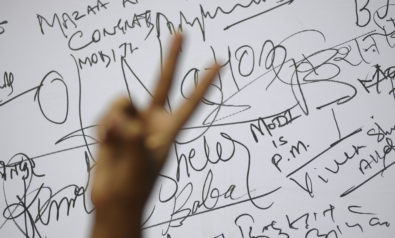

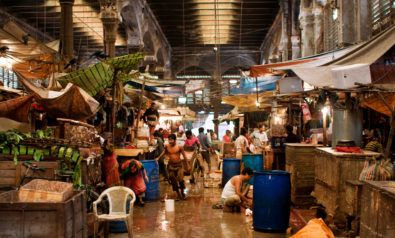

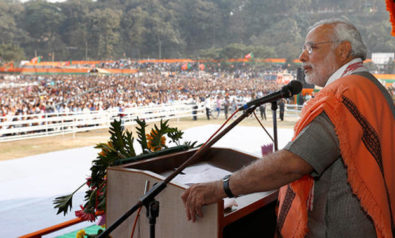
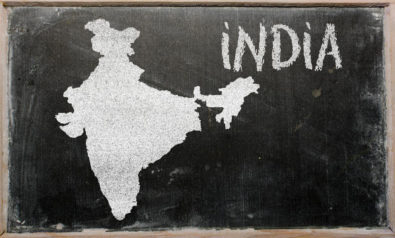
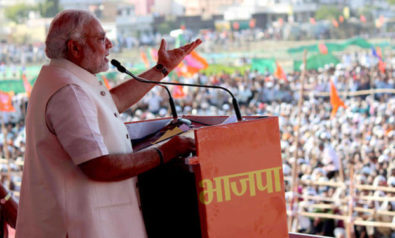
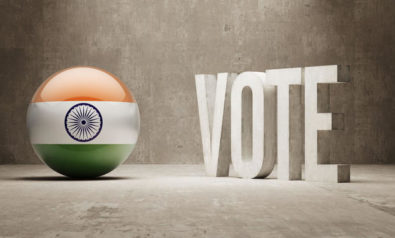

Comment